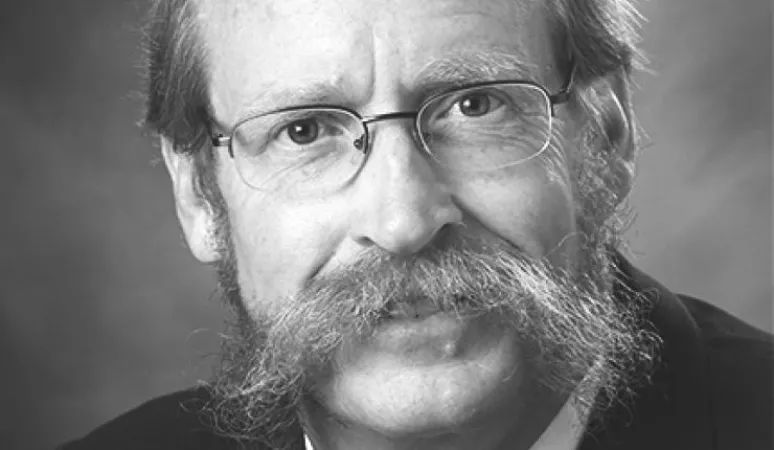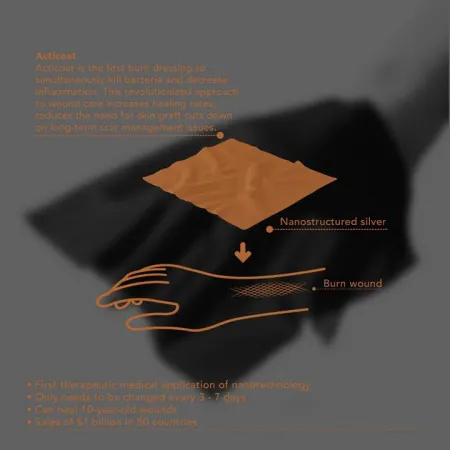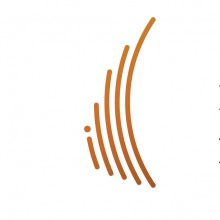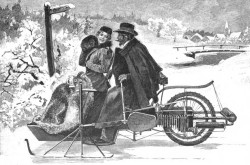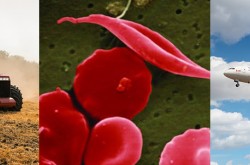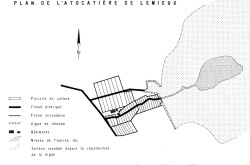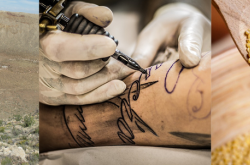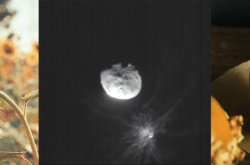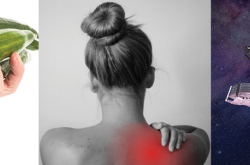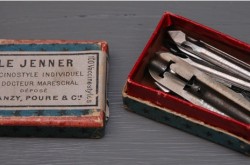Robert Burrell - 2016 Governor General's Innovation Awards Winner
This article was originally written and submitted as part of a Canada 150 Project, the Innovation Storybook, to crowdsource stories of Canadian innovation with partners across Canada. The content has since been migrated to Ingenium’s Channel, a digital hub featuring curated content related to science, technology and innovation.
Dr. Robert E. Burrell is currently a Canada Research Chair in Nanostructured Biomaterials, the Sorensen Chair in the Commercialization of Biomedical Technology, and a professor and chair of biomedical engineering in the faculties of engineering and medicine & dentistry at the University of Alberta.
Robert Burrell’s Acticoat, the world’s first therapeutic medical application of nanotechnology, is the first burn dressing to simultaneously kill bacteria and decrease inflammation. This revolutionized approach to wound care increases healing rates, reduces the need for skin grafts and cuts down on long-term scar management issues. With his innovation, Dr. Burrell has saved thousands of lives and limbs around the world. He is one of the world’s leading experts on the use of advanced metallic films for therapeutic applications. He is a prolific inventor with over 300 patents and patent applications worldwide, including Acticoat dressings, the world’s first commercial therapeutic application of nanotechnology. He has received many awards recognizing his work on nanostructured materials in medicine.
On May 18, 2016, Mr. Burrell was one of the first six individuals to receive the inaugural Governor General’s Innovation Awards.
Announced in June 2015, the Governor General’s Innovation Awards inspire Canadians to embrace innovation and to emulate innovative, entrepreneurial risk-takers who have developed new or better ways of creating value and who are having a meaningful impact on our quality of life. For more information, visit https://innovation.gg.ca/.
Transcript
Robert Burrell’s Acticoat, the world’s first therapeutic medical application of nanotechnology, is the first burn dressing to simultaneously kill bacteria and decrease inflammation. Watch this video to find out how his innovation has saved thousands of lives and limbs around the world.



